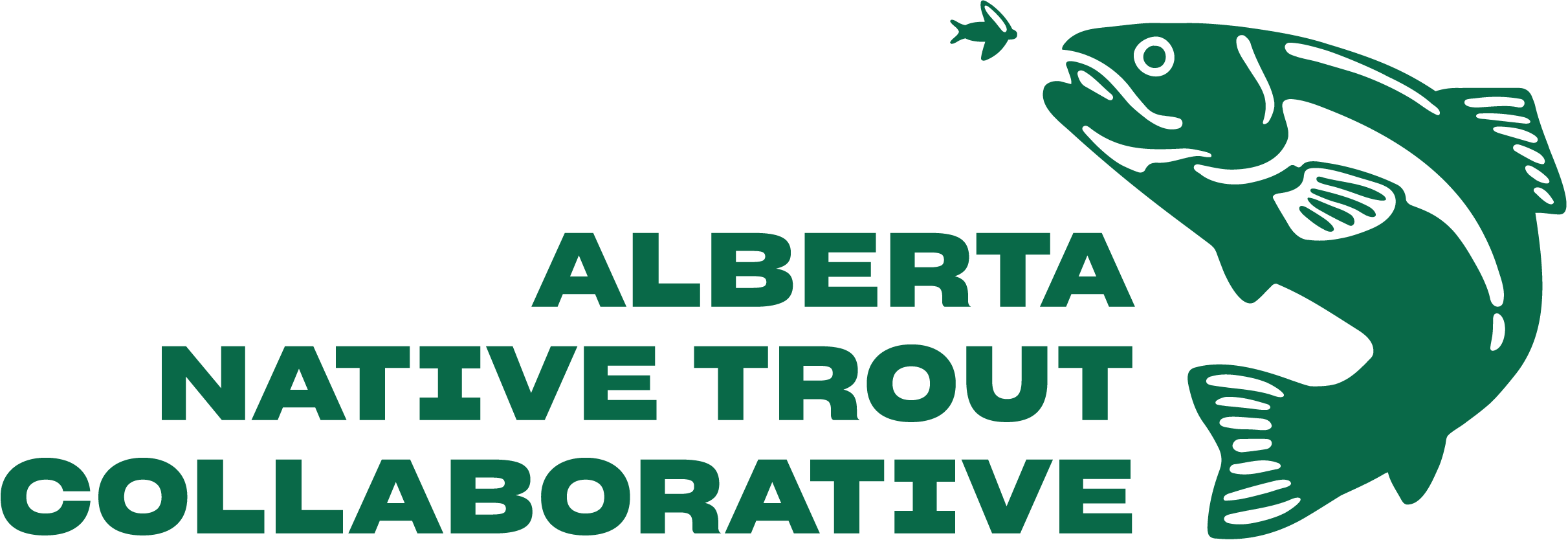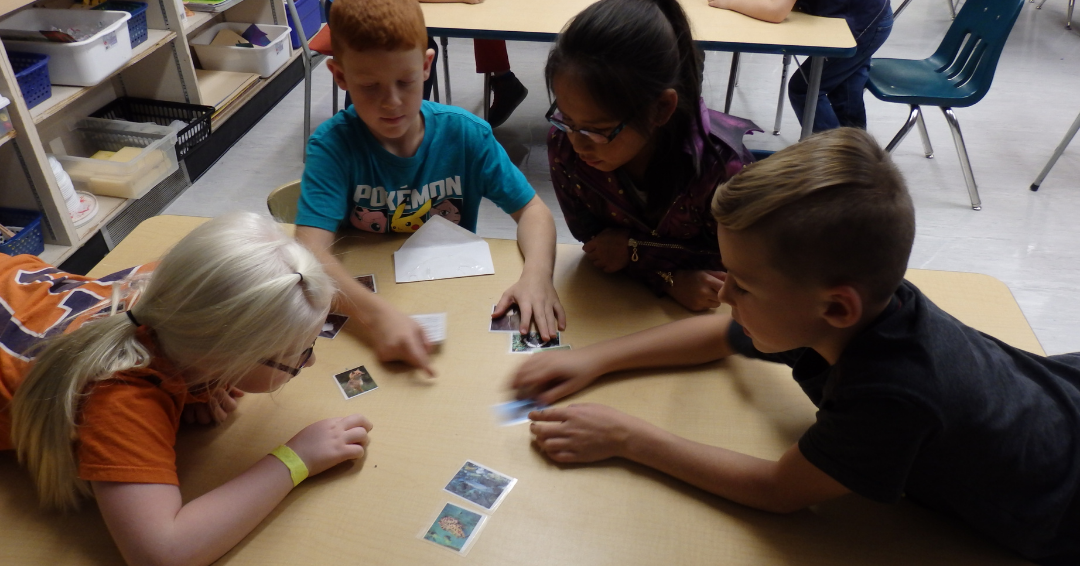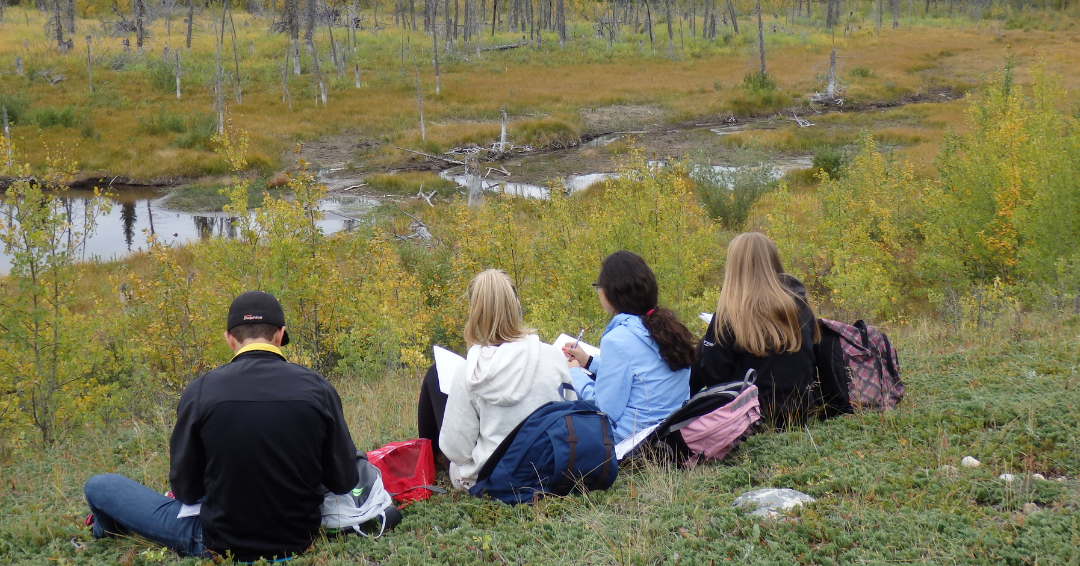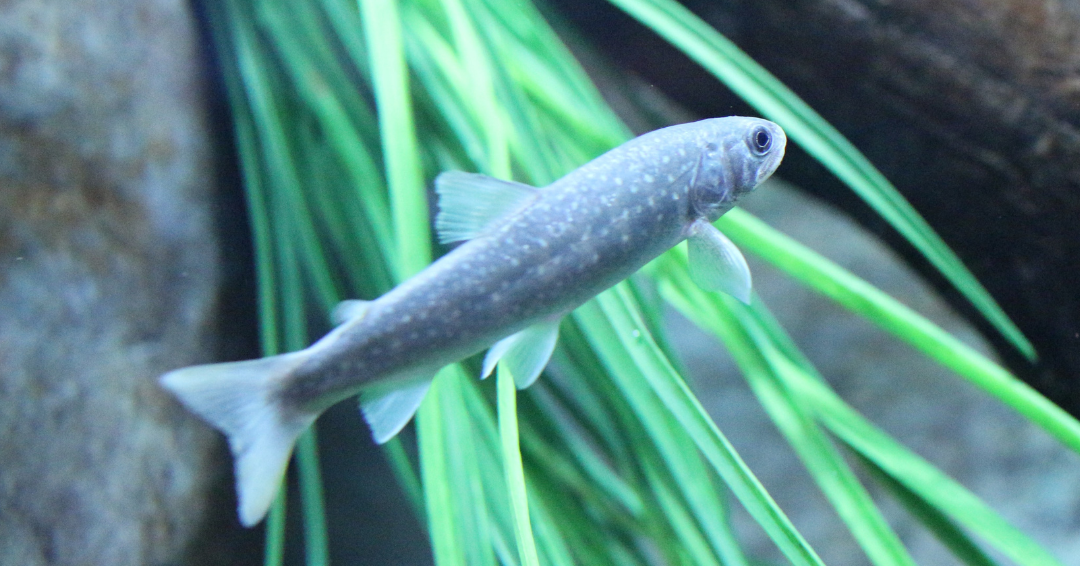Can you prevent the tipping point in this trout solution action game?
PURPOSE
Through this fun and challenging game, participants will learn about ecosystem balance, what humans are doing to push trout to the tipping point, and how we can protect trout habitat.
RECOMMENDED GRADES
Grades 4-12
TIME NEEDED
20-30 minutes
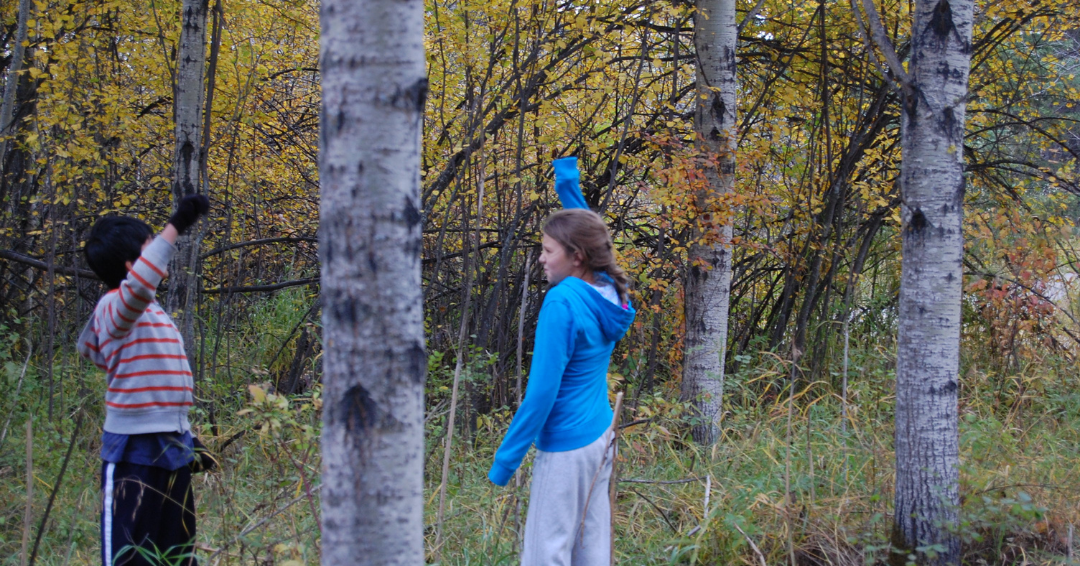
Curriculum CONNECTIONS
Earth Systems (Grade 4-6)
Energy (Grade 5)
Energy (Grade 5)
Interactions & Ecosystems (Grade 7)
Unit E: Fresh Water and Salt Water Ecosystems (Grade 8)
Biological Diversity (Grade 9)
Sci 10: Energy Glow in Global Systems (Grade 10)
Bio 20: Ecosystems & Population Change (Grade 11)
Bio 30: Population and Community Dynamics (Grade 12)
Bio 30: Population and Community Dynamics (Grade 12)
MATERIALS NEEDED
Laptops or AV equipment for interactive website.
Sticks / a place to find sticks.
Sticks / a place to find sticks.
Instructions
- Inside, learn about the components of a trout ecosystem through this interactive webpage: Healthy Trout Habitats.
- Go outside and ask participants to each find a stick approximately as long as their forearm (or have the sticks ready, if there are no sticks in your vicinity).
- Arrange participants into a circle, with everyone standing close together.
- Explain that each person represents a component of the trout ecosystem (be it flora, fauna, abiotic factors, etc.) When our ecosystem is in balance, our sticks are standing up vertically on the ground.
- Give them some time to practice keeping their stick balanced.
- Our ecosystems are constantly changing with the components interacting with one another. Tell the participants that they will shift one spot over and grab the stick of the person to their left, before it falls. Call “3, 2, 1… Shift!”
- If a stick falls over, that means we’re losing ecosystem components and causing our ecosystem to lose balance. Valuable ecosystem services are lost, which impacts human and ecosystem health.
- We can pick our sticks back up and bring our ecosystem back in balance, but the longer our stick is on the ground, the more impact it will have on our ecosystem.
- Challenge the participants to keep their ecosystem balanced as long as possible.
- Play for 2-3 rounds until they get the hang of it. For an added challenge for older participants, call a direction when you call “shift” (“shift left” or “shift right”).
- Introduce ecosystem impacts for Alberta’s native trout (e.g. invasive species, climate change, pollution, habitat fragmentation, hybridization, road construction, etc.) With each impact, make the game harder by removing people from the game (populations go extinct (this is called extirpation), making the circle bigger (climate change impacts), or having some participants take two steps outside the circle (human impacts).
- After playing a couple of rounds, introduce solutions to bring participants back in the game and make it easier to keep our ecosystem in balance. Ask participants who are out of the circle to suggest solutions to the negative impacts. For every solution given, that person can step back into the circle. Play another round with the ecosystem in balance.
- Tell participants that we borrowed ecosystem components from nature to play this game, but to ensure our ecosystem stays balanced, we need to return the sticks back where we got them from.
Discussion:
- Discuss what it means for an ecosystem to be in balance and specifically what a balanced trout habitat is like. Alberta’s native trout species need cold, clean, complex, clear, and connected waterways!
- Review the threats to a balanced ecosystem for trout in Alberta and what actions we can take to protect native trout.
Extensions:
- Learn more about threats to native trout in this short video: Threats to Alberta's Native Trout - YouTube.
- Learn more about healthy trout habitat with this short video: Native Trout are an Indicator of Watershed Health.
- Learn about the Alberta Native Trout Collaborative's efforts to rehabilitate native trout habit through this StoryMap: Rehabilitating Native Trout Habitat in Alberta.
Detailed Curriculum Connection
This activity is courtesy of the
Alberta Native Trout Collaborative
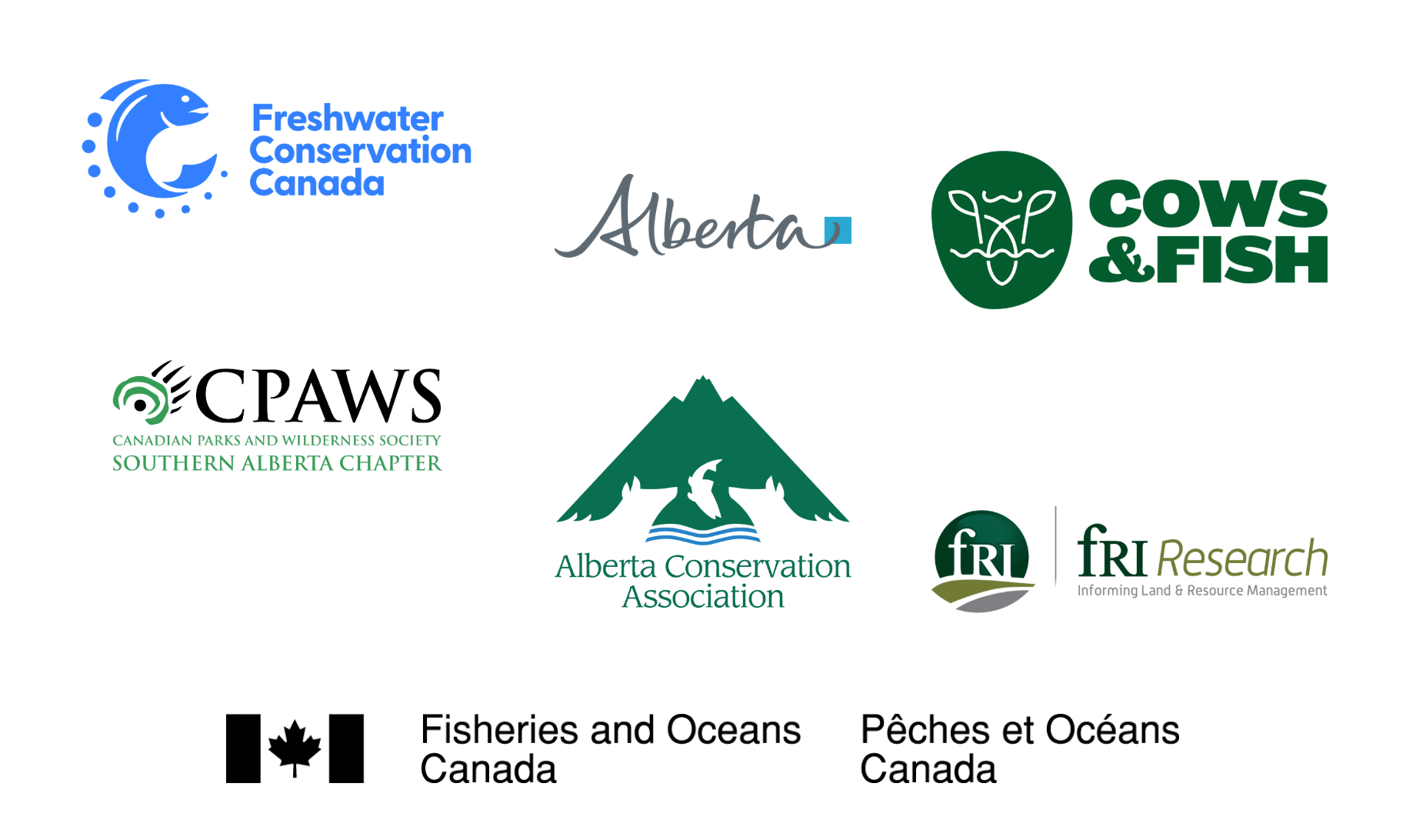
Learn more at albernativetrout.com
